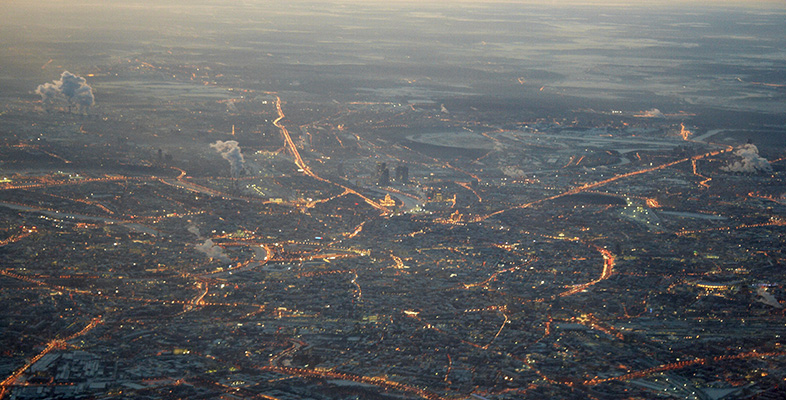6 Environmental milestones
In charting the emergence and development of environmental management as a set of ideas and practices, it is not easy to find a convenient anchor point. Perhaps the advocates of the agricultural revolution deserve mention for their efforts to improve land husbandry in the sixteenth- and seventeenth-century model farms? Should the works of Darwin or the early plant geneticist Mendel be included as key to understanding evolutionary theory and the importance of managing for selection of species characteristics? Or should it begin in the nineteenth and twentieth centuries with the marked shift in sciences and technologies associated with understanding and managing biophysical Earth systems for human needs and aspirations?
These and many other historical advances are often held to be important and noteworthy developments in our understanding and practices relating to the way human–environment relationships are managed, at least in a western context. From other perspectives, in other cultural contexts and societies, these points cannot be assumed to have equal significance or be wholly positive. Depopulation of farming because of seventeenth century land enclosures in England, land clearances in nineteenth-century Scotland, or colonial imposition of western farming and land management practices in Africa, the Americas, Australia and India have all resulted in marked and often detrimental changes to human–environment relationships.
Activity 4 Environmental management timelines
Search for a few environmental management timelines on the internet. To help you get started, there is quite an extensive timeline at environmentalhistory.org [Tip: hold Ctrl and click a link to open it in a new tab. (Hide tip)] and a timeline covering the later half of the twentieth century to present day at worldwatch.org. (Note: you may have more luck using a search term of ‘environmental timeline’. There are more of these general timelines to choose from, and you will probably find the additional content to be of interest!)
What do the timelines reveal to you? What do you think is the most appropriate ‘starting point’?
Discussion
Some of the events may be familiar to you, particularly the larger and more recent ones. I expect the timelines you found show that in the second half of the twentieth century and into the twenty-first, the scale and pace of global environmental change has been dramatic. However, the extent to which our understanding of contemporary environmental issues and change and their implications for human–environment relationships has kept pace is questionable.
But each event has at least prompted some reflection and discussion, if not action, about how human–environment relationships should or could be managed. You’ll probably notice in your timelines a reference to Rachel Carson’s book Silent spring, published in 1962. It is often used in many teaching contexts as a key moment of raising public concern about environmental damage and public health from pesticide use, and in particular dichlorodiphenyltrichloroethane (DDT). The story of DDT illustrates how ideas and perspectives about environmental management have changed over time.
